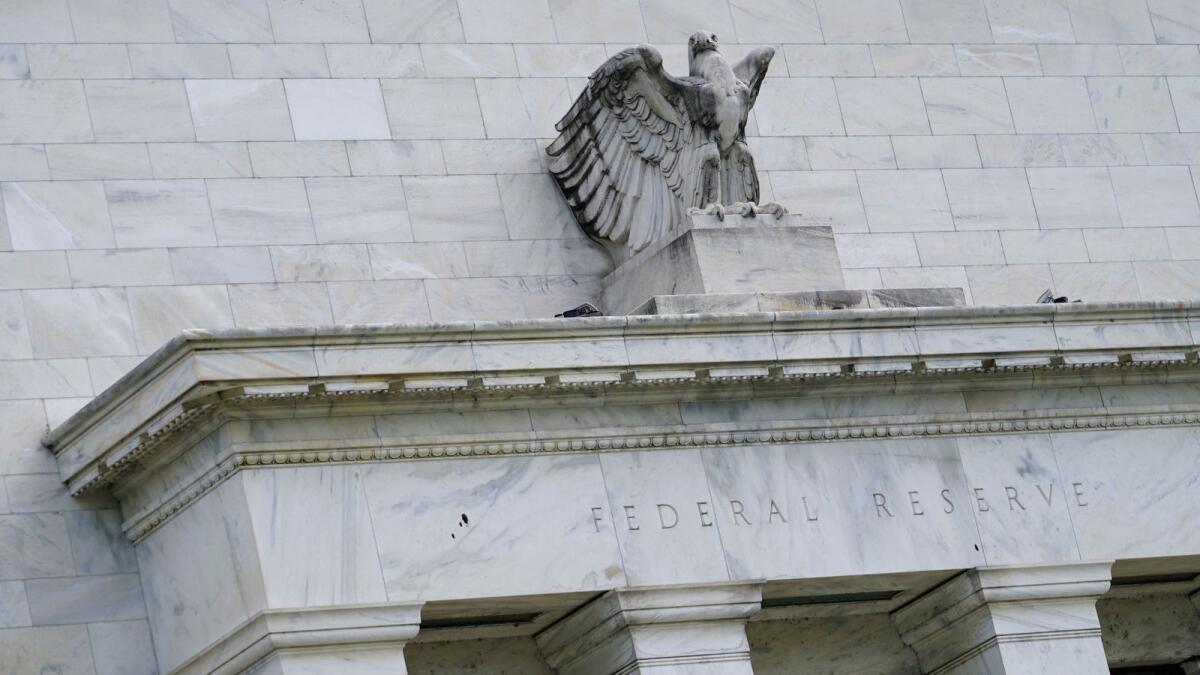The Federal Reserve is gearing up for a series of interest rate cuts in response to a cooling labor market in the US. Policymakers are signaling their readiness to lower the Fed’s benchmark borrowing rate, which has been in the 5.25%-5.50% range since July 2023. There is a growing concern about the slowing job growth, with unemployment rates rising from 3.5% to 4.2%, and a decrease in monthly job gains.
US central bankers are shifting their focus from combating inflation to supporting jobs. The recent remarks from Federal Reserve officials indicate a willingness to reduce the federal funds rate by a quarter-percentage point, with the possibility of further cuts if the labor market continues to weaken. Analysts predict a 25-basis-point cut at the upcoming September meeting, with potential for larger cuts in the future.
The US economy is showing signs of softening in the labor market, but it is not necessarily headed for a recession. Policymakers are aiming to address the moderation in job growth through a series of interest rate reductions. Traders are pricing in a 75% chance of a 25-basis-point cut at the next meeting, with expectations of a policy rate of 4.25%-4.50% by the year’s end.
Federal Reserve officials are emphasizing the need for action to address the current economic conditions. While progress has been made in reducing inflation, there is a sense of urgency to take steps to support the labor market. The Fed’s decision to lower interest rates is aimed at preventing any further deterioration in the economy and stimulating job growth.
The remarks from policymakers indicate a consensus on the need for interest rate cuts, with a focus on data-driven decision-making. The expectation is for gradual reductions in the policy rate to support the economy without signaling panic or causing undue market volatility. The goal is to provide a measured response to the changing economic conditions while avoiding any negative signals to the market.
Overall, the Federal Reserve’s shift towards interest rate cuts reflects a proactive approach to addressing economic challenges. By focusing on job growth and supporting the labor market, the Fed aims to maintain a balanced approach to monetary policy. The upcoming September meeting will provide further insights into the central bank’s plans for addressing the evolving economic landscape.









